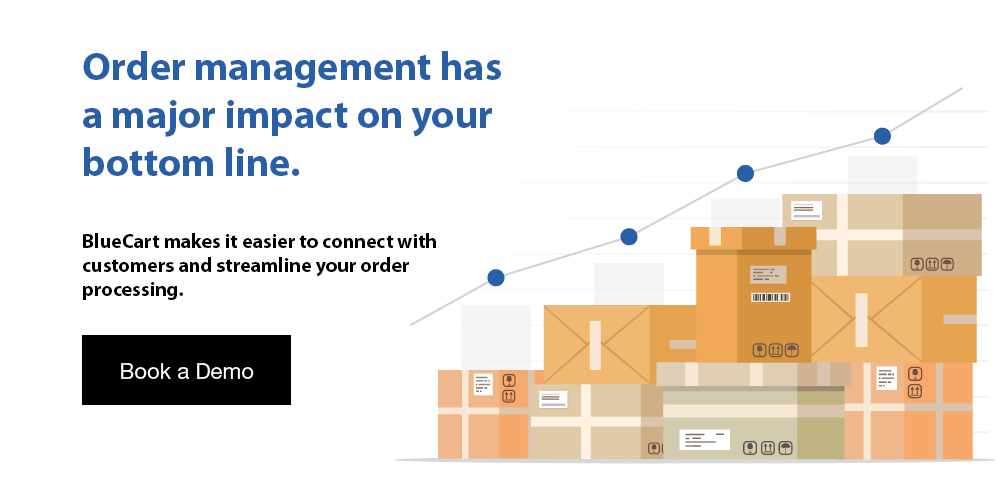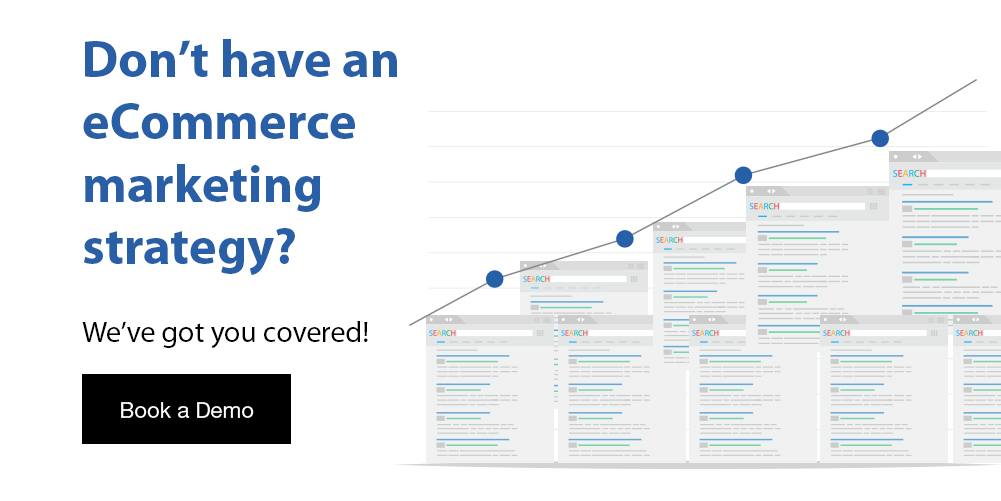When running a successful restaurant business, it’s likely that you order and receive dozens of deliveries each year. To make sure things go smoothly, it’s essential to have an efficient purchase order process. So, what is a purchase order and why is it relevant?
A well-thought-out purchase order process makes it so that you have a solid restaurant management system in place. Such a process ensures that you buy enough ingredients and supplies until your next delivery.
If you’re a business owner, chances are you’ll have to deal with purchase orders often. This article explains the purchase order definition and what is a purchase order so that you can understand how it leads to business success.

Purchase Orders: What Is a Purchase Order?
Purchase orders (POs) include documents that buyers send to their suppliers with the items, quantities, and details of products or services they want. Each purchase order will include a purchase order number (PO number).
You want to stay on top of inventory tracking and ordering as a business owner. Utilizing purchase orders allows businesses to have a well-managed purchasing process that leads to financial success.
The purchase order number helps businesses track their order throughout the system. In many cases, each item will have an identifying SKU number or UPC code, quantity, and price.
Once your supplier accepts your purchase order, the document acts as a legally binding contract. This is similar to a wholesale purchase agreement.
It protects both parties in case there are any shipping problems. This is why it’s crucial to include detailed information relative to the order on each purchase order.
When you receive an order from your supplier, you can back-check the products you received to verify that the items and their quantities are correct. The purchase order document is part of the paper trail for financial reporting, audits, and conflict resolution.
Key Takeaway: A purchase order helps businesses keep track of what inventory they’re receiving from their suppliers. It’s also a way for them to stay on top of their financial audits and reporting.
What to Include In Your Purchase Order
Now that you understand what is a purchase order, it’s important to understand what’s included in one. Using a purchase order template will help you include all of the essential information. Each purchase order may vary depending on the industry.
A standard purchase order includes the following:
- Purchase order number. Every purchase order should have a purchase order number to easily correspond with the supplier’s current and past orders.
- Full item names. It’s possible for suppliers to carry different variations of each item. For example, virgin olive oil, extra virgin olive oil, olive pomace oil, or refined olive oil. Due to this, it’s important to be as specific as possible with the item name on the purchase order.
- Item quantities. Each item that you order should include the quantity you wish to receive. Be sure to include the correct units for each item.
- Up-to-date prices. A purchase order should include the prices per unit and the total price for each item. Obtain an updated price quote from your supplier before creating the order.
- Requested delivery date. It’s important to specify the delivery date in your purchase order to ensure you get it on time. Be sure to specify if you need expedited shipping or overnight shipping. It’s also possible to request a shipping cost estimator to calculate shipping costs for your order.
- Shipping and billing address. Include your shipping address and contact information for the person that will receive your order. The billing information should also be included, even if it matches the shipping address.

Why Purchase Orders Are Important for Your Business
Some businesses don’t use purchase orders because they believe that the paperwork is unnecessary. This is especially true when businesses have stable working relationships with their suppliers.
Small businesses tend to have a more simple ordering approach due to their minimal amount of employees. However, when businesses grow, more people start to get involved in each process, including the ordering process.
Once the purchase demand increases, it starts to get more complex, specific, and urgent. This can make communication difficult and make room for error. With purchase orders, you can keep things organized and easily understandable.
When looking into “What is a purchase order?” it’s important to understand that it acts as a legally binding document. It offers legal protection and provides the vendors with clear instructions and an audit trail, if it’s ever needed.
If things were to go wrong with the order, the parties involved could reference the purchase order. This reduces the complexity of the problem and lessens or eliminates the likelihood of litigation.
It's also possible to use purchase order tracking software to know where the order is in the procurement cycle. Be sure to familiarize yourself what is procurement to understand the procurement process, procurement management, and procurement vs purchasing.
Automating the Purchase Order Process
These days, technology is taking over, especially in the business world. This includes restaurant technologies such as mobile payments, hospitality software, warehouse management software, and similar restaurant technology trends.
If your business is using a paper purchase order process, you’re likely accumulating too many documents and putting crucial business records at risk of loss. A standard purchase cycle will have documents pertaining to quotes, purchase orders, requisitions, order acknowledgments, packing slips, invoices, and goods received notes.
These documents are a lot to keep track of, especially when you have multiple purchase orders. Relying on a paper system is overwhelming, and it increases the risk of losing, damaging, or destroying the records. It also makes it difficult to locate duplicate purchases or requests and missing transactions.
This is why it’s best to automate the purchase order process. With purchase order software, you can digitize the procurement process with electronic purchase orders.
You can track your important documents within a centralized system that is complete with an audit trail. This informs you who has to take action on certain documents. Such individuals include the warehousing manager, inventory control manager, or restaurant manager.
Using an automated purchase order system allows you to store everything in a single system. This makes it easy for the accounts payable department to convert orders into invoices and complete payment processing actions.

Frequently Asked Questions About Purchase Orders
Purchase orders require quite a bit of coordination and oversight. Going through the purchase order process manually with paperwork is inefficient and can increase the risk of error.
Automating the process will allow you to use cloud-based inventory management systems. These systems will automatically create and send out purchase orders based on the reorder point of your products.
Now that you have an understanding of “what is a purchase order?” and the overall purchase order definition, you can improve the process you have for your business. Be sure to also look over the following commonly asked questions about purchase orders:
What Is a Restaurant Purchase Order?
A restaurant purchase order is a paper or electronic document that is sent from the restaurant to the supplier containing product ordering information. The restaurant purchase order includes specifics such as:
- Purchase order number
- Full item names
- Item quantities
- Updated price information
- Requested delivery dates
- Shipping and billing information
How Are Purchase Orders Used?
Purchase orders are used by buyers, so they can place their product or service orders and have them delivered. The seller then issues an invoice once the order is delivered.
An invoice document includes information regarding what the buyer owes for the products or services as well as when and how they need to pay. This is part of the invoice processing and invoice management process.
When Would You Use a Purchase Order?
A purchase order would be used when a buyer wants to purchase inventory or supplies to replenish their stock or to fulfill orders and process payments. Purchase orders are created before the invoices are sent, and they define the contract of the sale.
Keep in mind that invoices are different from purchase orders. Look into “What is an invoice?” to better understand the difference between purchase order vs invoice.